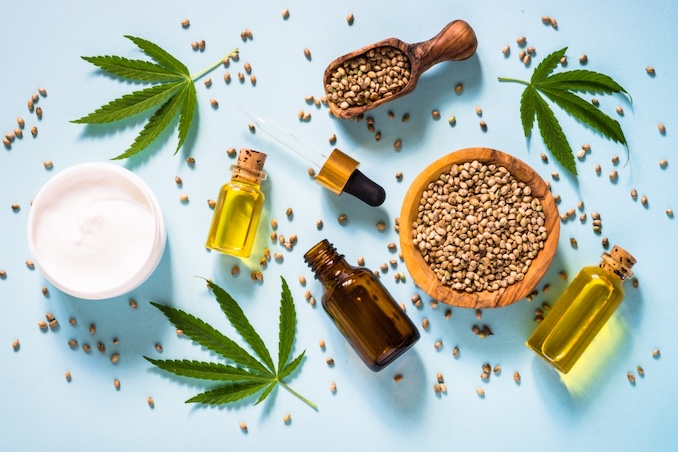For decades, cannabis was treated not as medicine, but as a menace. The War on Drugs turned a healing plant into a symbol of crime, punishing millions for possession and cultivation. At the same time, patients across the world were quietly growing medical marijuanas seeds in basements, gardens, and greenhouses – risking everything for relief. What began as rebellion has slowly transformed into reform, and at the centre of it all lies a seed.

From prohibition to punishment
Launched in the 1970s, the War on Drugs created a global policy framework that classified cannabis as a dangerous narcotic. In many countries, even the smallest amount of weed could land someone in prison. This aggressive stance disproportionately affected low-income communities and people of colour, erasing generations of traditional cannabis use – some of it medicinal. While politicians called for zero tolerance, patients quietly turned to medical marijuana seeds (like these: https://ganjafarmer.com/239-medical-marijuana-seeds) as a last resort.
In the face of criminalisation, underground growers cultivated for survival. For people with chronic pain, epilepsy, PTSD, and cancer, access to high-quality cannabis wasn’t a luxury – it was life-changing. And when pharmaceutical options failed or caused harm, more and more individuals began planting medical weed seeds at home, becoming both caregiver and cultivator.
Seeds of resistance
Throughout the 1980s and 1990s, cannabis activists began fighting back. Advocacy groups like NORML and medical marijuana pioneers in California challenged federal laws by setting up compassion clubs and collectives. Many of these groups distributed medicinal marijuana seeds to patients who were too sick or poor to access black-market products. What was once labeled as trafficking became a form of mutual aid.
These grassroots efforts weren’t just about weed – they were about dignity. Medical cannabis seeds became symbols of self-reliance in communities denied affordable treatment. The sharing of medical weed seeds among patients wasn’t just practical – it was radical. Medical cannabis was proof that laws weren’t protecting people; they were hurting them. The humble seed – whether a bag of medical marijuanas seeds or a single clone – became a quiet weapon in a much larger war for autonomy and healthcare access.
Legalisation and the language of healing
2000s came and the tide began to turn. States like California, Colorado, and Oregon passed medical cannabis laws, legitimising what patients had known for years. Suddenly, seed banks and dispensaries began offering specialised medical cannabis, designed to target specific conditions with higher CBD or balanced cannabinoid profiles.
This shift also changed the cultural language around cannabis. No longer just “pot” or “dope”, it became “medicine.” Strain names evolved too – what was once “Skunk” or “White Widow” became “Harlequin” or “ACDC,” tailored toward medical users. Even the online medical marijuanas market adapted, offering strain categories focused on symptom relief rather than just recreational effects.
Social reform rooted in soil
What makes this evolution remarkable is that it didn’t begin in government offices –it began in backyards. The rise of medical marijuana is deeply tied to broader movements around decriminalisation, social justice, and patient rights. Legalisation today is not just about access – it’s about repair. It’s about releasing those imprisoned for cannabis offences, while honouring those who risked freedom to provide healing.
And as countries worldwide begin to reframe their approach to cannabis, the seed continues to symbolise resilience, recovery, and responsibility. The very act of planting a medical weed seed is, in some places, still illegal – and yet, it remains one of the most powerful forms of peaceful resistance.
The War on Drugs tried to bury cannabis, but in doing so, it planted the seeds of reform. What was once forbidden is now being embraced as medicine, healing not only individuals but broken policies. And while the fight isn’t over, every medical cannabis seed in the soil is a quiet act of revolution.

